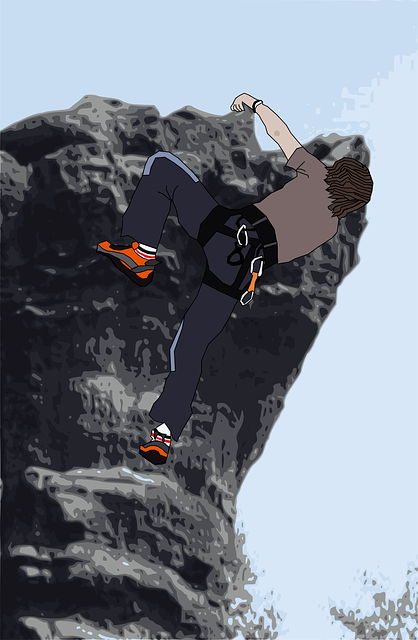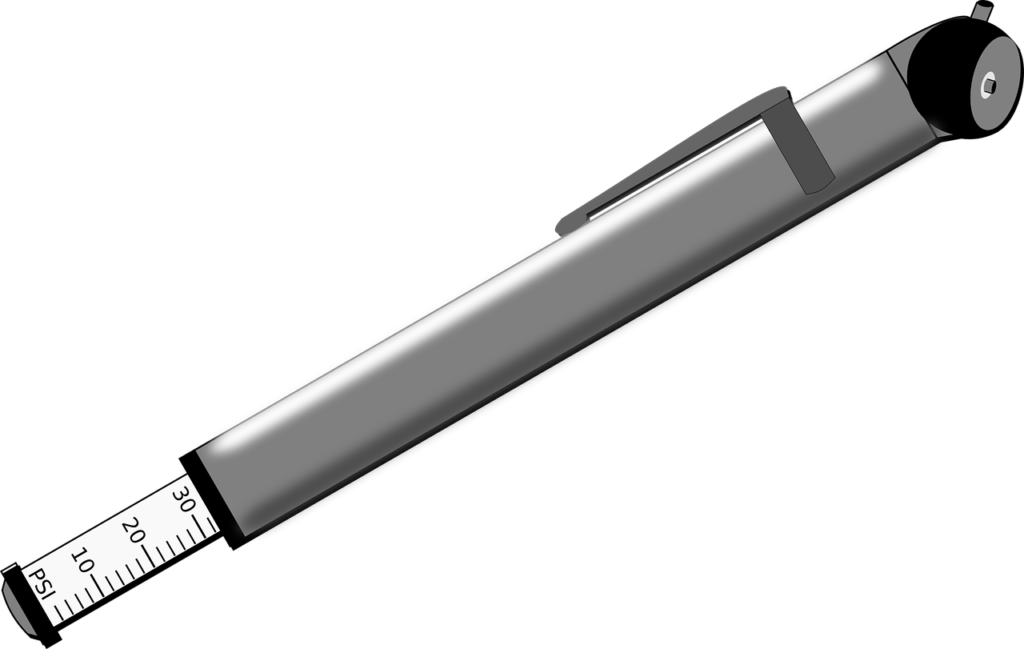Pressure is important for many natural processes and real applications. Its measure the amount of force exerted per unit area. Pressure has an impact on our everyday lives that we frequently are not aware of, from the air we breathe to the fluids in our bodies.
Definition of Pressure
Pressure is defined as the force exerted per unit area on a surface. Mathematically, it is given by the formula:
Pressure = Force / Area
where force is measured in Newtons (N) and area measured in square meters (m²). The SI unit of pressure is the Pascal (Pa), where 1 Pascal = 1 Newton per square meter (N/m²).
This definition clarifies the relationship among pressure, area and force. The pressure rises when the same force is exerted over a smaller area. On the other hand, pressure is decreased when the force is distributed across a greater area.
As per the aforesaid statement, its narrow edge applies greater pressure to the material being cut, e.g a sharp knife, cuts more effectively than a blunt one. In a similar layer, cars with wide tires reduces the strain on soft ground like sand by distributing the weight over a wider area.

Types of Pressure
Its depend on the medium and type of force used, pressure can be divided into several types.
Atmospheric Pressure: Everything is under pressure from the weight of the air surrounding us. We say this atmospheric pressure. The atmospheric pressure at sea level is approximately 101.3 kPa (kilopascals), or the weight of a 10-meter water column.
Because there is less air pressure on us at greater elevations, atmospheric pressure drops. Because there is less oxygen available at lower pressure, mountain climbers and high-altitude pilots have trouble of breathing, that’s why they carry oxygen bottle with them.

Gauge Pressure and Absolute Pressure
The pressure measured in relation to atmospheric pressure is known as gauge pressure. Tire pressure gauges are one example of a device that measures the pressure above atmospheric pressure.

The sum of all pressures, including air pressure, is known as absolute pressure. It is expressed as:
Absolute Pressure = Gauge Pressure + Atmospheric Pressure
Hydrostatic Pressure
This is the force that a liquid exerts at rest. The liquid’s depth, density, and gravitational acceleration all affect it: P = hρg
where g is the acceleration caused by gravity (9.8 m/s²), ρ (rho) is the liquid’s density, and h is the liquid column’s height.
This explains why the underwater pressure is higher for deep-sea divers. The pressure rises as they travel deeper because there is more water above them.
Fluid Pressure
Pressure is applied in all directions by fluids, including gases and liquids. Because fluids are incompressible, small forces exerted at one location can result unenormous forces at another. This idea is exploited in hydraulic systems. Vehicle hydraulic brakes operate on this basis.
Applications of Pressure
There are several uses of pressure in both our daily lives and our enterprises. Among the most important example are:
Blood Pressure: Pressure is created by the heart pumping of blood via arteries. The normal range for blood pressure is 120/80 mmHg. Blood pressure variations might be a sign of health problems.
Airplane Cabins: Passengers may be at risk because of reduced air pressure at higher elevations. Pressure is applied to airplane cabins to keep them comfortable and secure.
Syringes and Medical Equipment: Syringes pull liquids in and force them out using pressure differentials. In a similar vein, equipment such as ventilators control patients’ air pressure.
Hydraulic Machines: Pascal’s principle is used by devices like hydraulic lifts, cranes, and bulldozers to increase force and effortlessly raise large objects.
Scuba Diving and Deep-Sea Exploration: To control the high pressure underwater and avoid illnesses like decompression sickness (the bends), divers need specialised suits and breathing equipment.
Effects of Pressure in Nature
Pressure is the cause of numerous natural phenomena:
Weather Patterns: Winds and storms are caused by variations in atmospheric pressure. While high-pressure systems produce calm weather, low-pressure areas frequently cause storms.
Volcanic eruptions: These can be brought on by an accumulation of internal pressure in the Earth.
Boiling and Freezing Points: Due to lower air pressure, water boils at a lower temperature at higher elevations.
Summary
A fundamental idea that affects many biological, industrial, and physical processes is pressure. Pressure aids in our comprehension of many part of the universe, from how hydraulic devices operate and how we breathe. Pressure is a fundamental factor that shapes our surroundings and everyday experiences, whether it is high in the sky or deep inside the ocean.
Pressure is the force exerted per unit area on a surface. It is measured in Pascals (Pa), where 1 Pascal = 1 Newton per square meter (N/m²). Other common units include atmospheres (atm), bar, and millimeters of mercury (mmHg).
Because there is less air above applying weight at higher altitudes, atmospheric pressure falls. This explains why oxygen levels are lower for mountain climbers at higher elevations.
Gauge Pressure measures pressure relative to atmospheric pressure (e.g., a tire pressure gauge).
Absolute Pressure is the total pressure, including atmospheric pressure. It is calculated as: